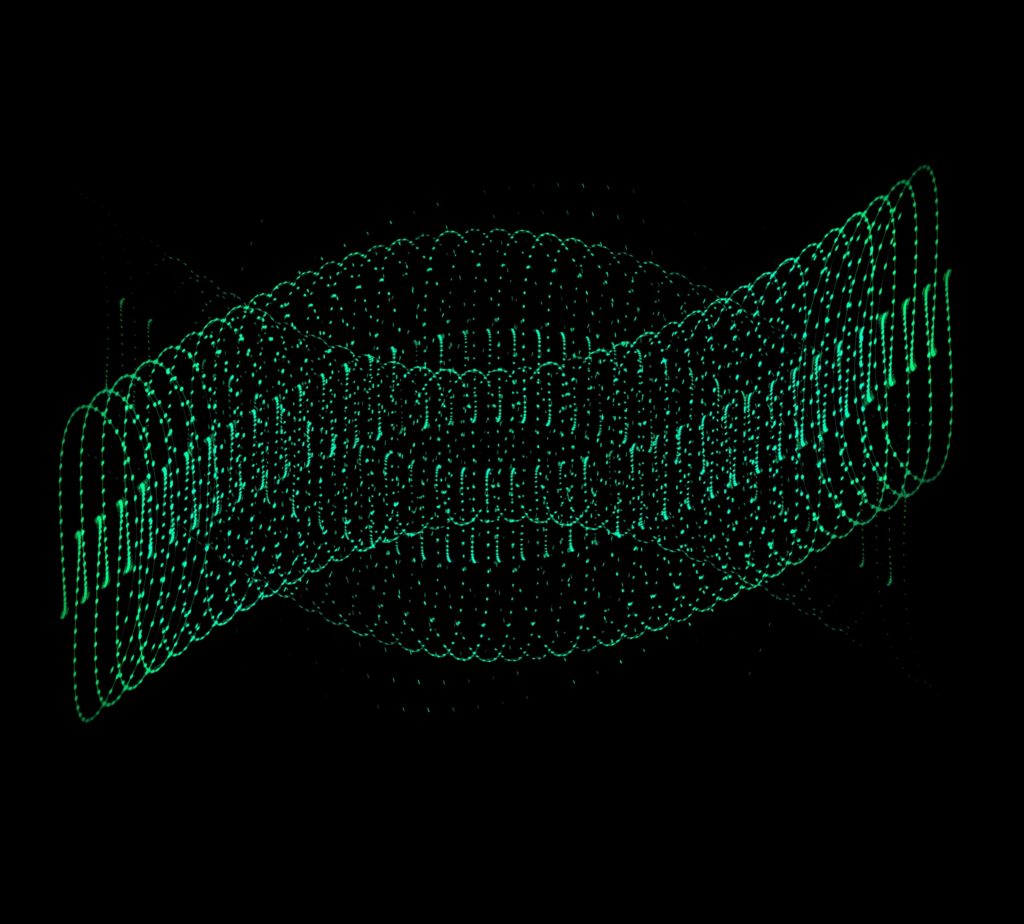Part of our ‘Becoming Information Conscious’ series. We have created a workbook for these exercises using Google Sheets – note you’ll need to be logged into Google to make a copy.
You knew this was coming didn’t you? Now it’s time to start turning those information islands and flows into a set of requirements that will help you to choose and implement the right technology for your business. We are going to use the tools which will be outlined in our post ‘From Process to Pixels‘, so you might want to wait for us to publish that first!
So, whether you prefer to use your own spreadsheet or our template (separate from the workbook), follow the process we outlined in our blog posts. Identify your broad functional areas and then break them into individual requirements, making sure you can write a proper description for each. It’s not a quick task if done properly, so feel free to start it and come back, delegate or outsource. By all means try to pick your technologies without doing it, but it’s an important step in translating business requirements into technical ones and I guarantee you’ll get a better result if you put the effort in, or at least pay someone to do it for you!
You may now be thinking…
“You’ve helped me draw lots of pretty pictures, now what?”
Well, you could put them on the wall of your office to impress your staff and customers with how committed you are to improving your business. Personally I’d recommend you do something more useful than that though. The diagrams and charts I’ve helped you create will hopefully have crystallised your thinking and you’ll now have a clearer idea not only of what you can do to make your business information conscious, more scalable, more flexible and a better place to work, but also of how that might happen.
What you probably aren’t so clear on is exactly what tools you should use to do that.
Well, that’s fine, that’s why you’re reading this book, not writing it! What I’m going to do now is to look at the kinds of systems a business should have in place to get its information flow working correctly. I’ll then get into some specifics about cloud-based systems versus traditional systems.

